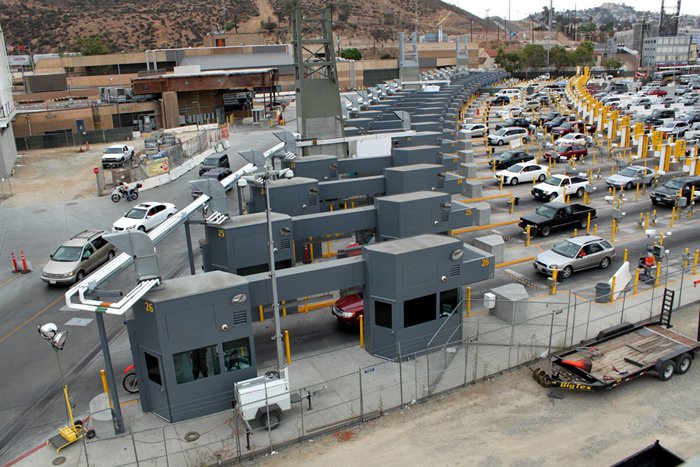
Keeping pedestrians safe, protecting structures from accidental or intentional automobile crashes, and force protection (keeping employees and visitors from harm) have always been a concern.
From pedestrian-filled farmers markets, universities, new and used car lots, government facilities, and to a wide variety of agencies find peace of mind through the use of barriers, bollards, barricades, and crash gates for vehicle-based physical access control at the perimeter.
Risk Assessment Starts With Physics 101
When evaluating the security risk for a given facility, particular attention must be focused on the weights and velocities of vehicles that would be used to attempt penetration into sensitive areas.
A vehicle moving towards a barricade has a certain kinetic energy, which is the major measure of how much “hitting power” it possesses.
Mathematically, kinetic energy is derived from the vehicle velocity and its weight (mass). On impact, some of this energy is converted to heat, sound, and permanent deformation of the vehicle.
The barricade must absorb the remainder of this energy if the vehicle is to be stopped.
The amount of remaining energy varies depending on many factors, primarily the velocity of the vehicle at the moment of impact.
The amount of kinetic energy posed by a vehicle changes as the square of its velocity.
For example, a vehicle moving at 80 kph has 25 times as much kinetic energy as it would at 16 kph.
Thus, an armored car weighing 30 times as much as a Toyota Corolla and moving at 16 kph would have less hitting power than the Toyota moving at 96.5 kph!
Because of the relationship of velocity to the total kinetic energy possessed by the vehicle, every effort must be made by the security engineer to force a vehicle to slow down before it reaches the barricade.
The most frequently used technique is to require a sharp turn immediately in front of the barrier.
When vehicle speed is reduced by 50 percent, the ?hitting power? is reduced by four times.
If the speed is reduced by 2/3rds, the force of impact will be reduced by nine times.
Upon designing a way to slow down vehicle approach, precautions should also be taken that the attacking car cannot make a ?corner cutting shot? at a barricade.
Often, only a light post defines a turning point and a speeding car can take it out and not even hesitate. Knolls and other impediments should be considered.
Failing to understand this and not using the proper equipment to counter the threat may lead to a false sense of security.
Read the full article at the link below.
About the Author: Greg Hamm, Vice President-Sales & Marketing, Delta Scientific
Source: constructionreviewonline.com
